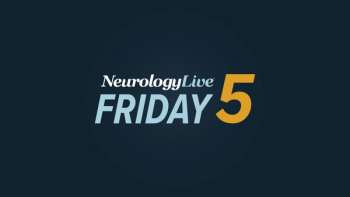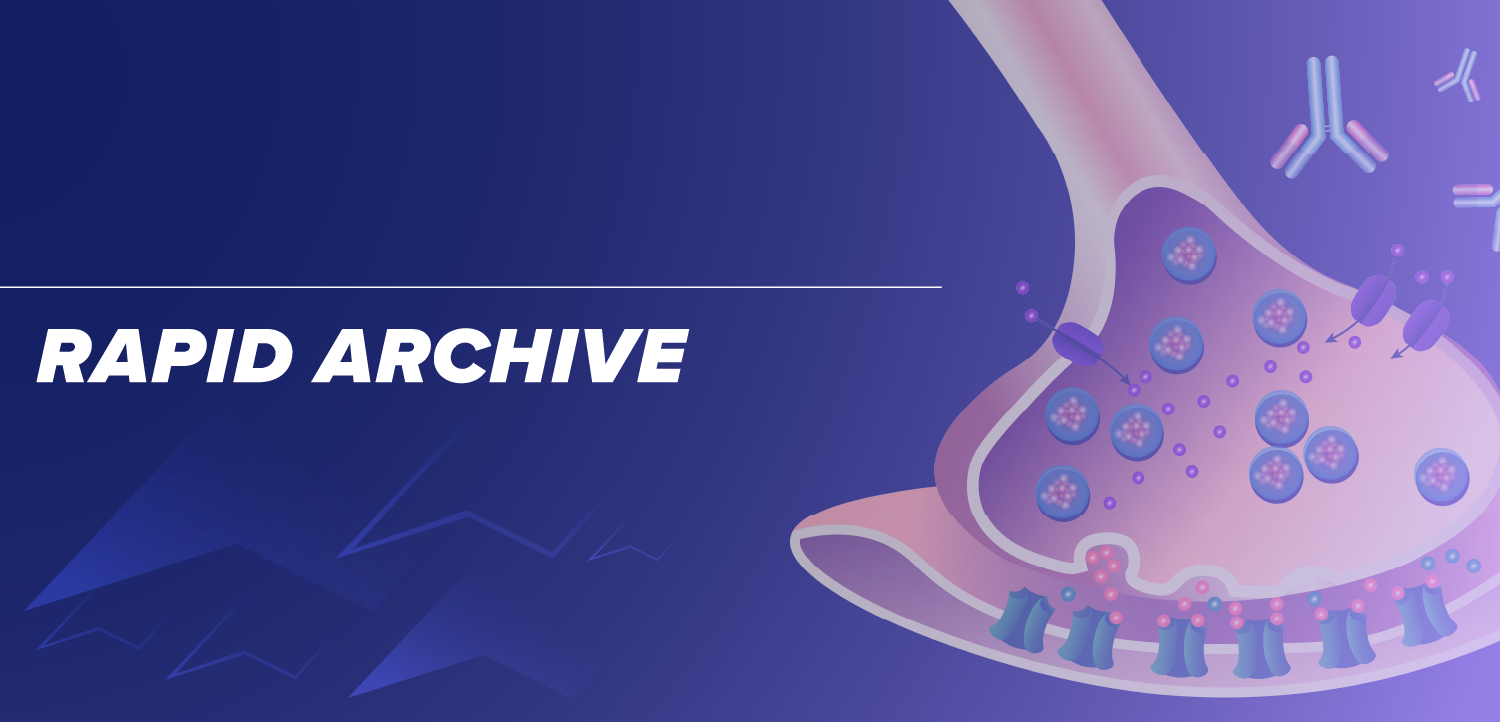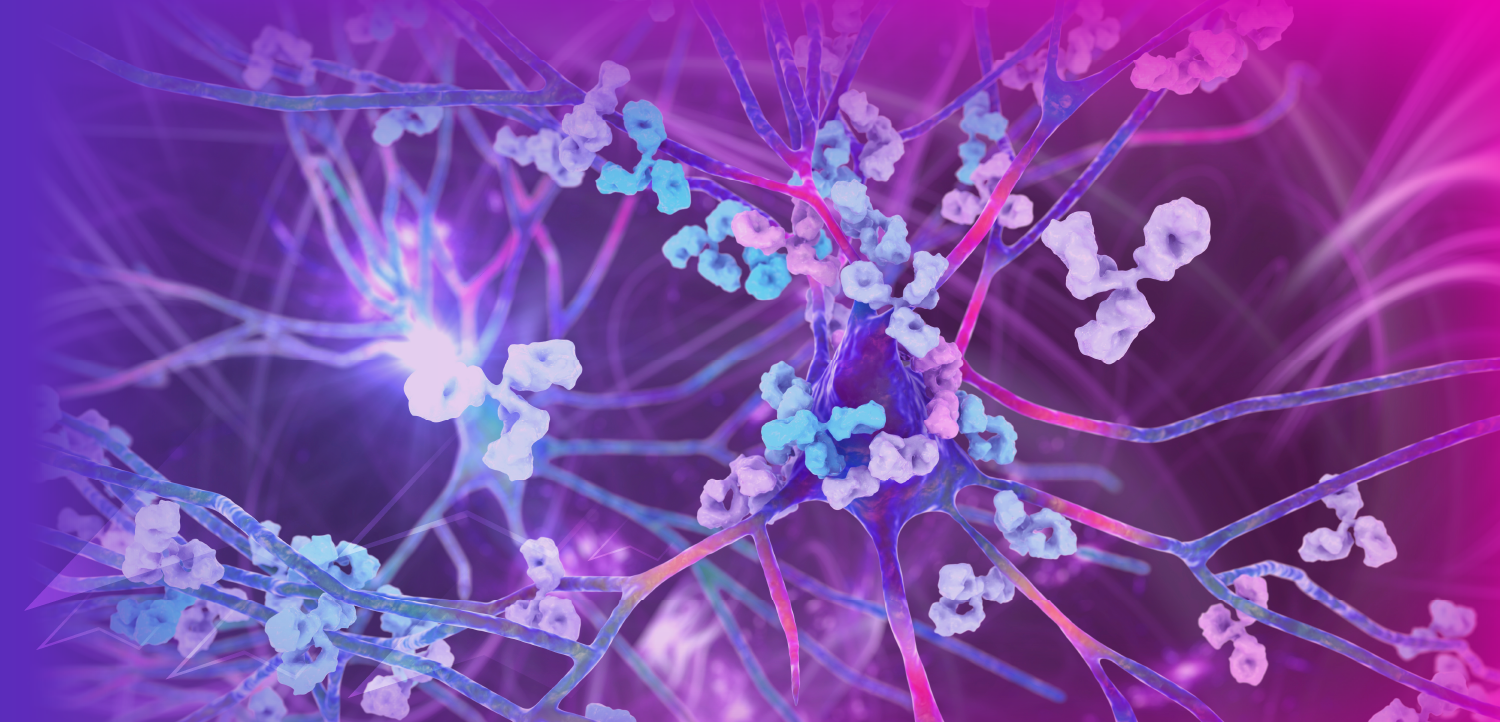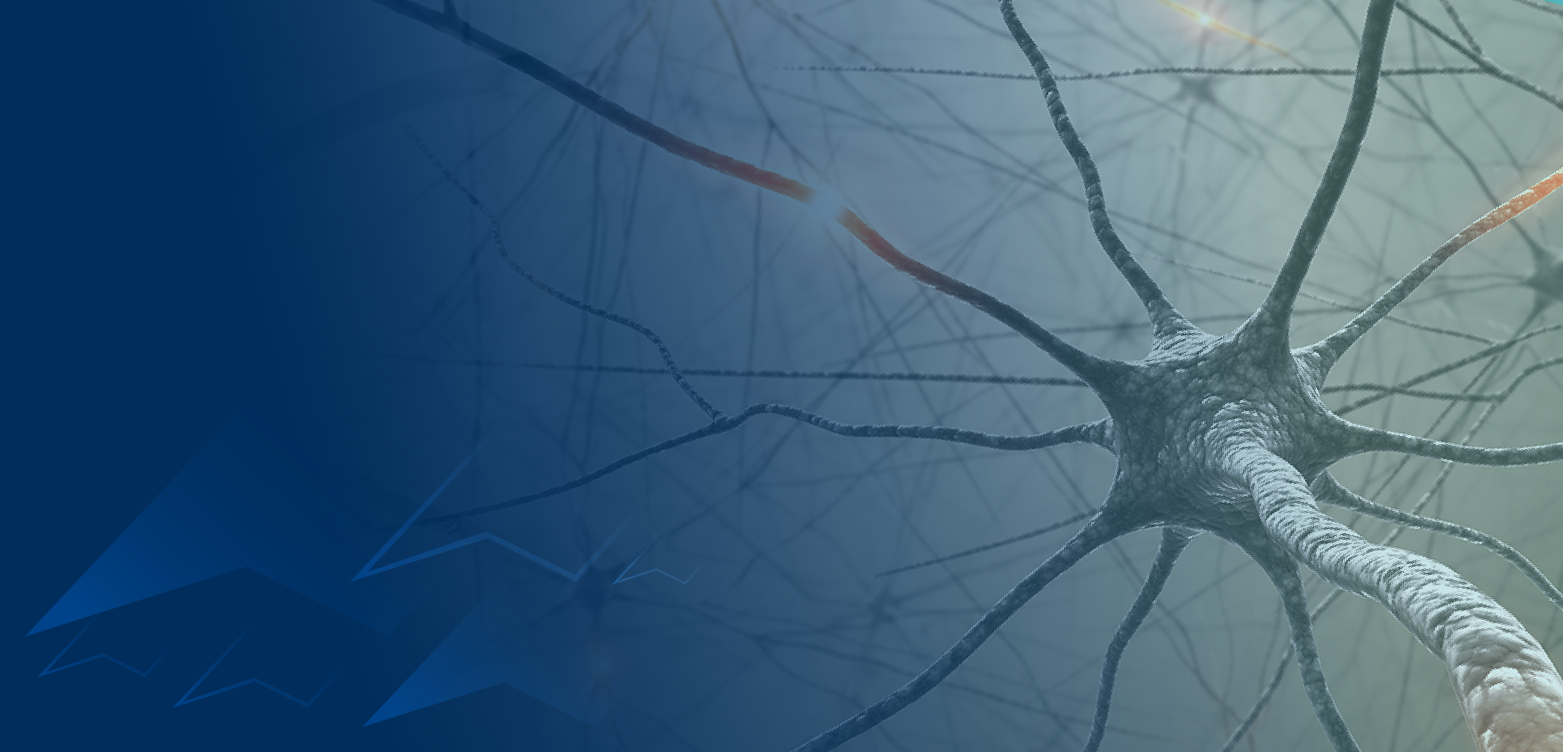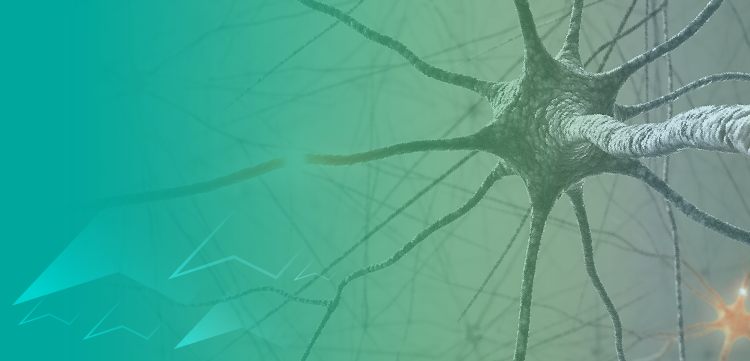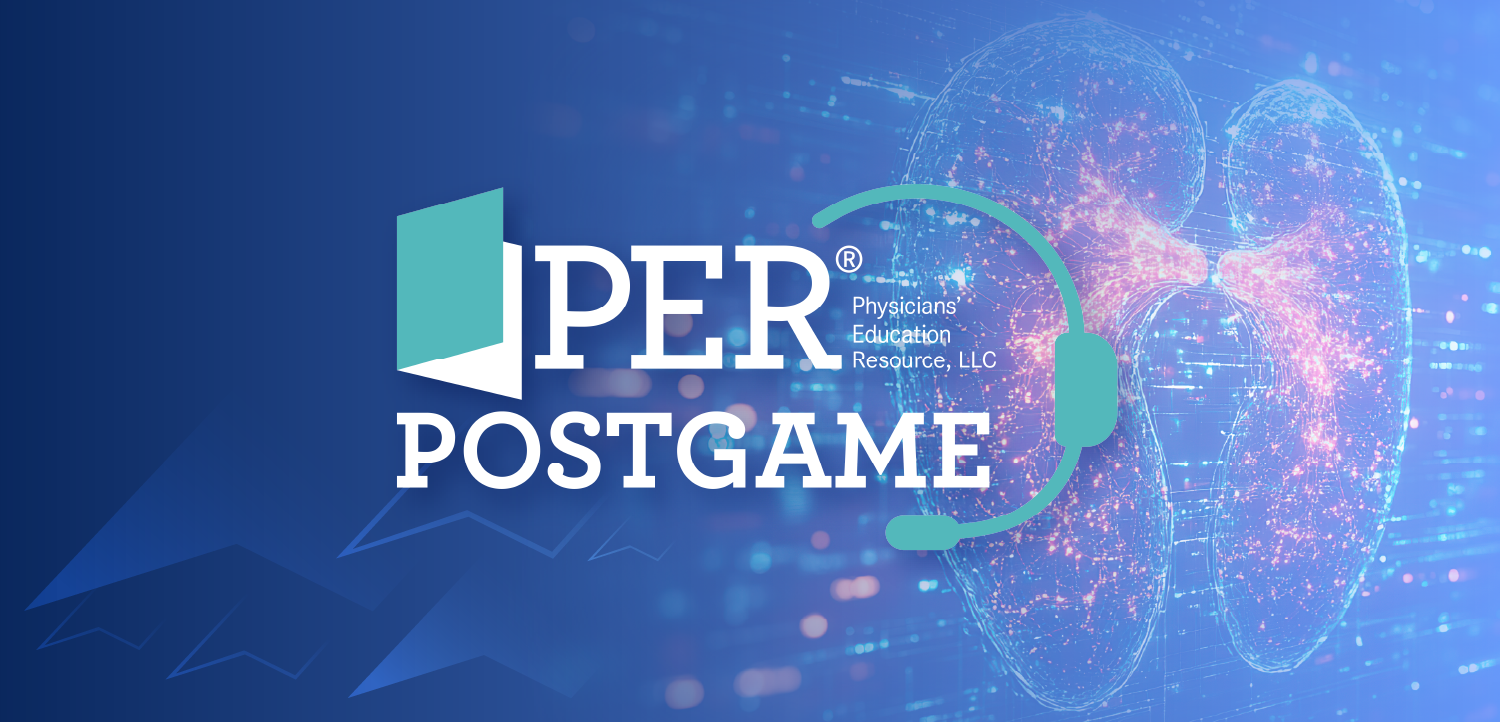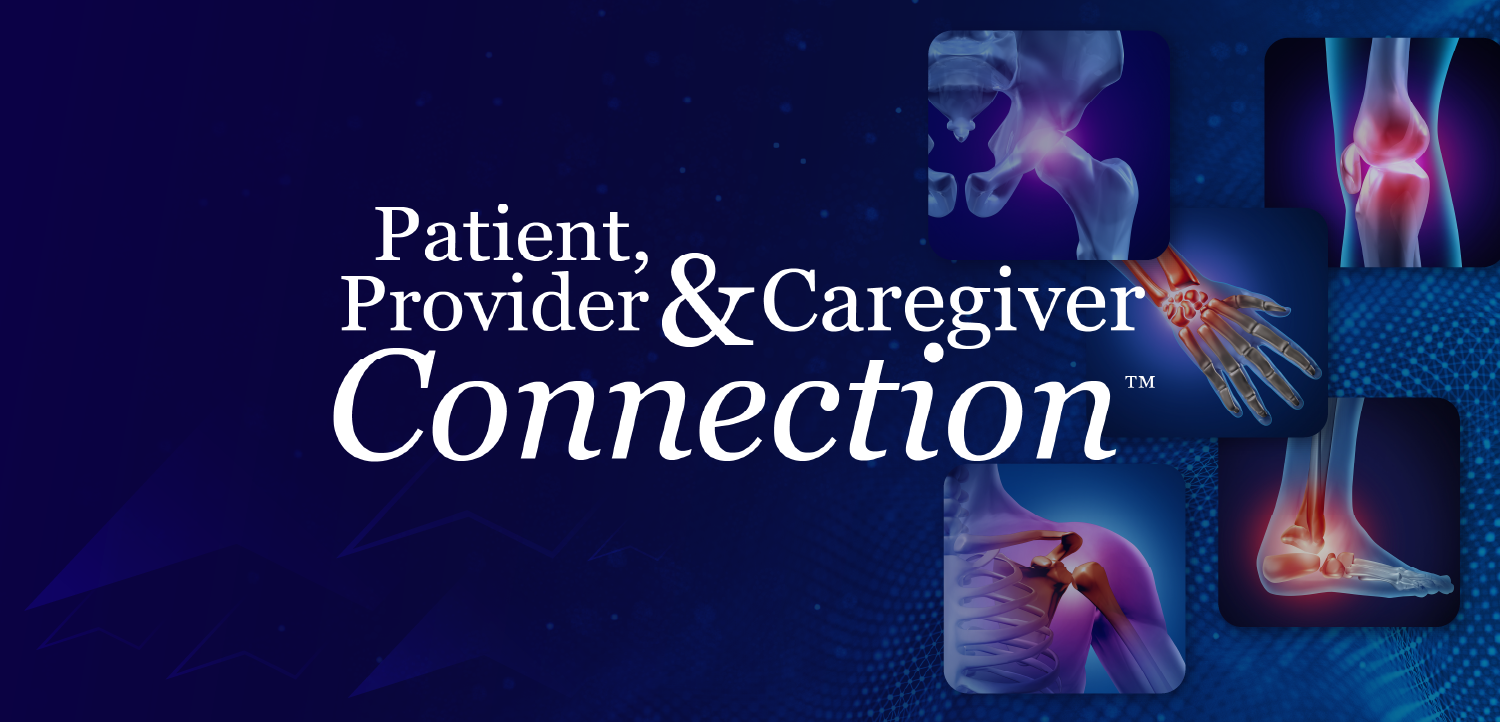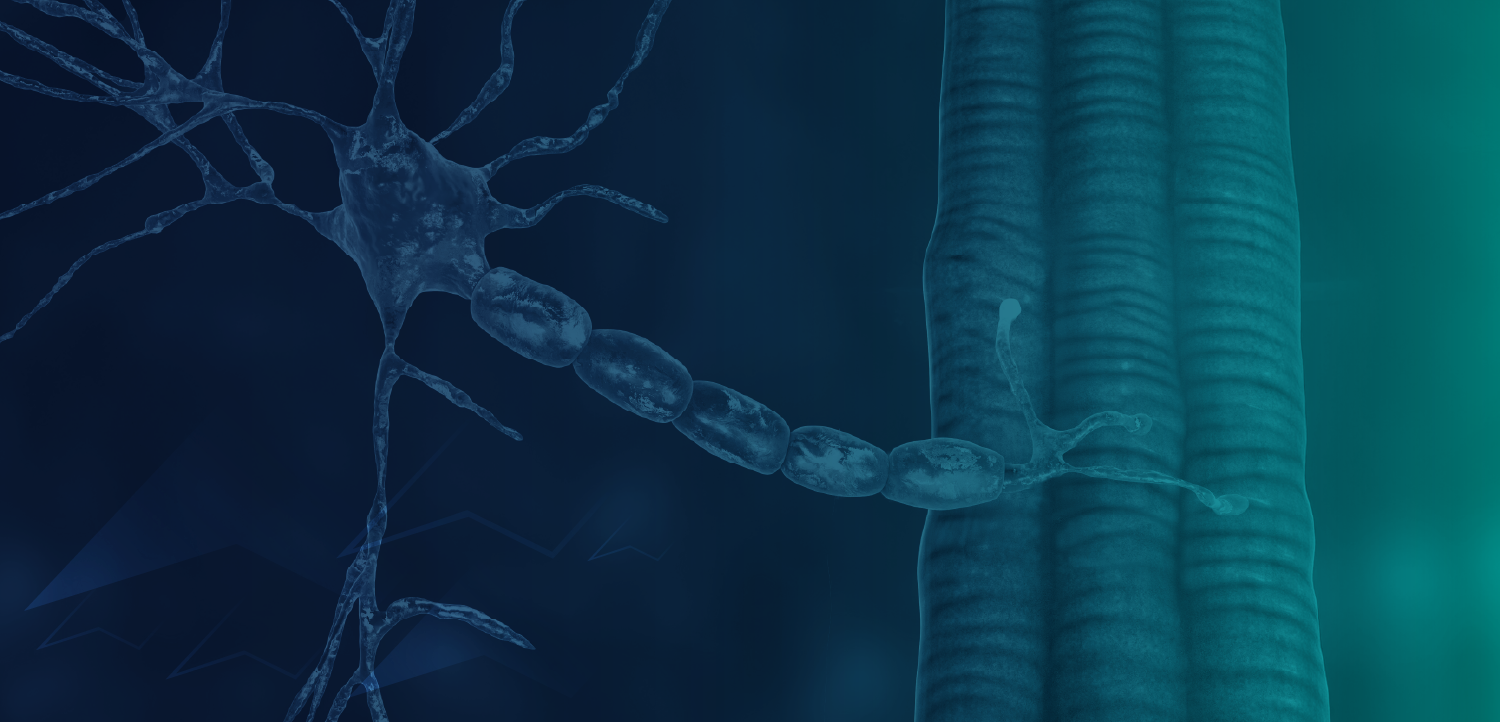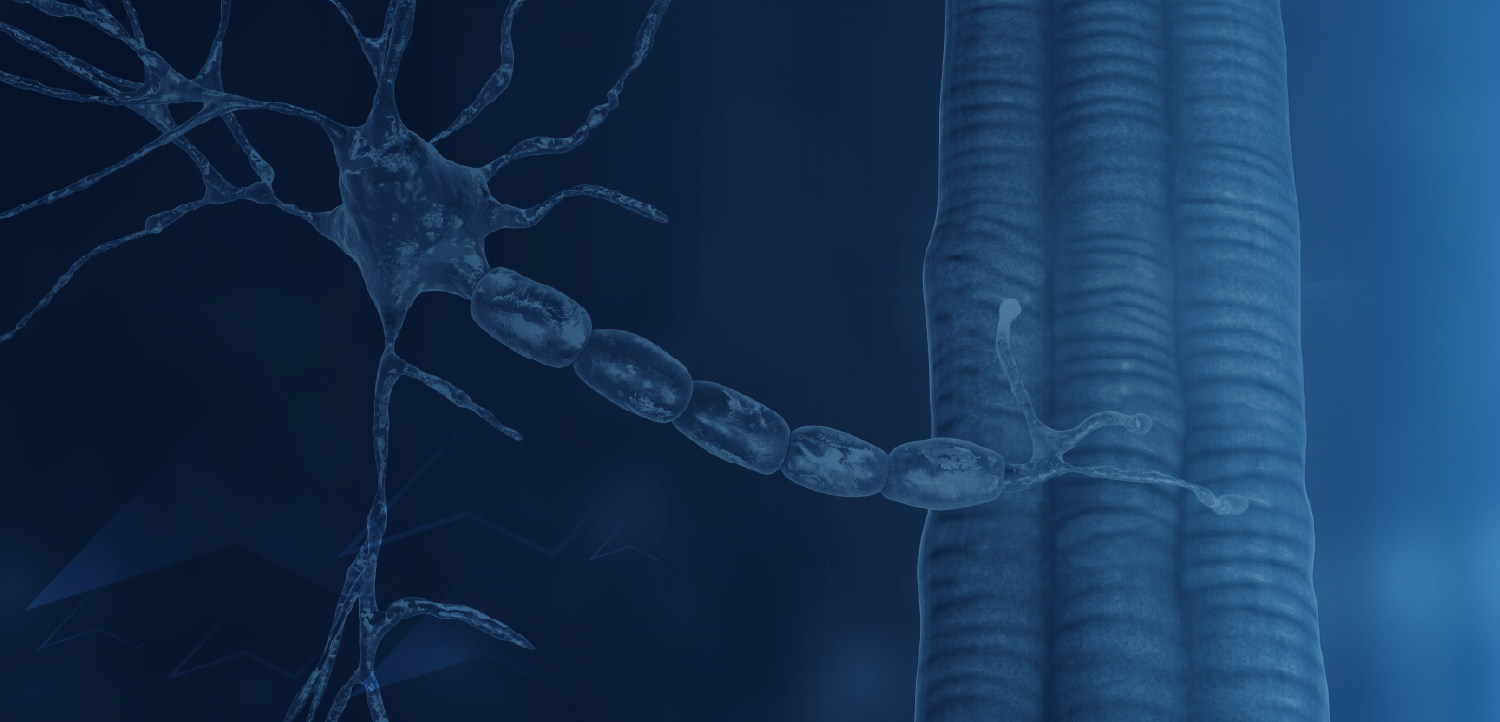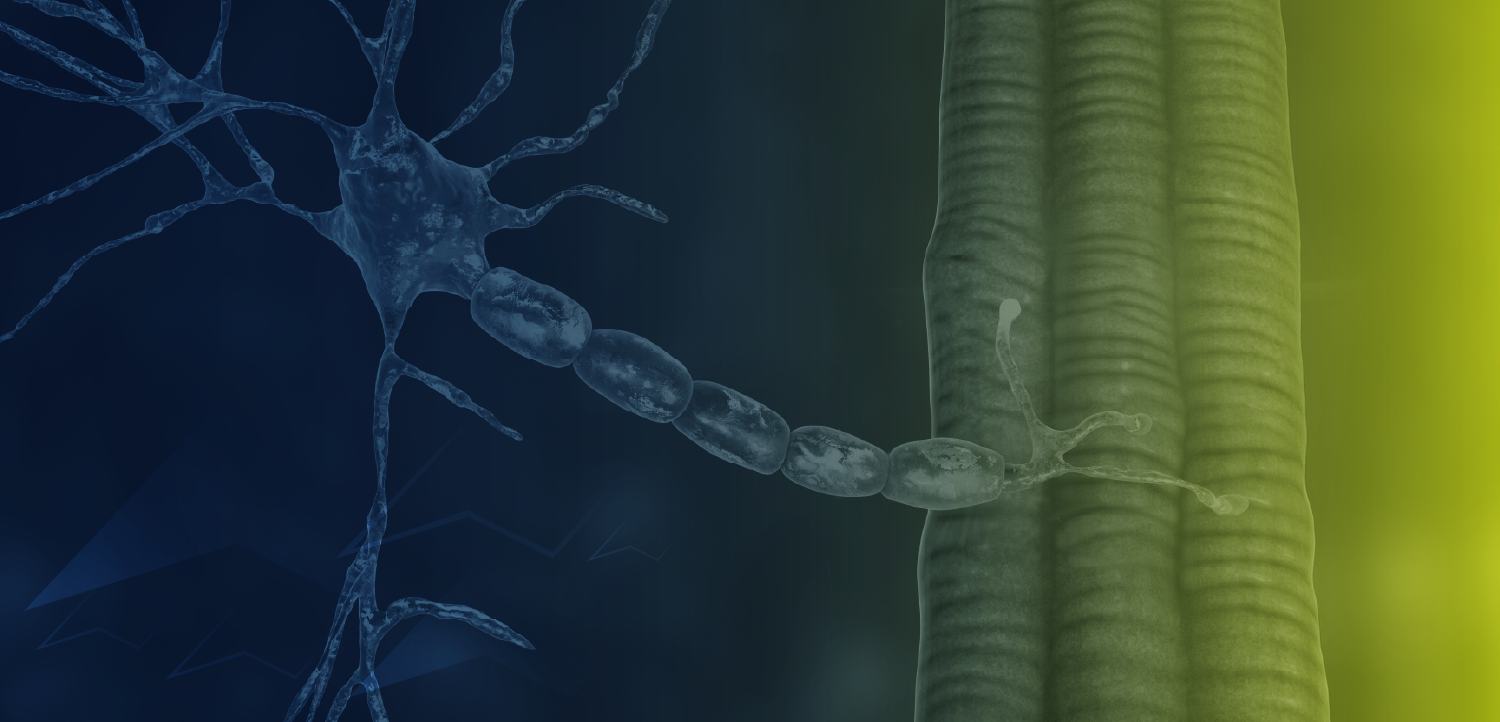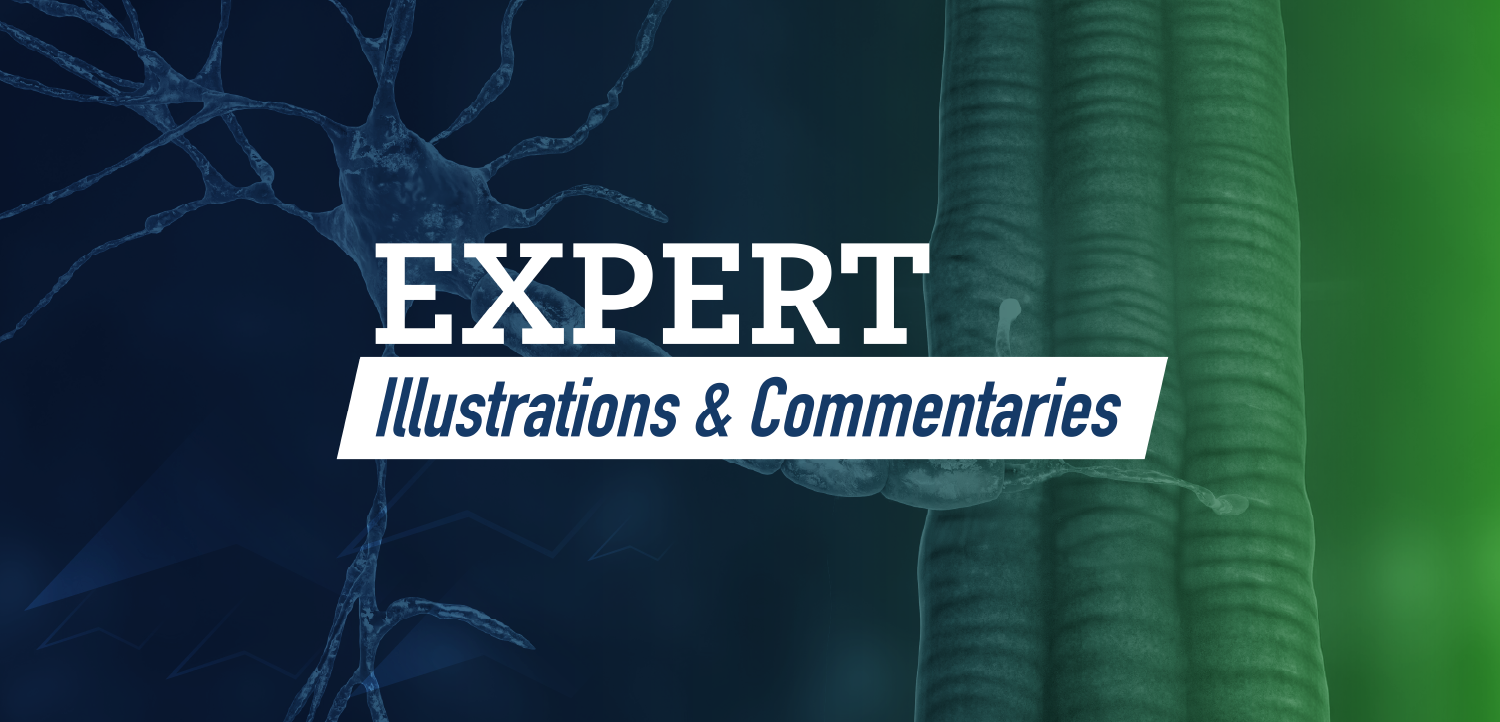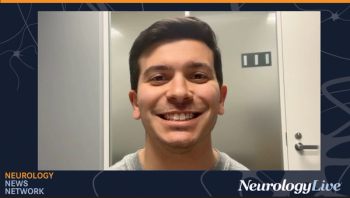
Dubai Study Highlights Disease Characteristics and Treatment Outcomes in NMOSD and MOGAD
Key Takeaways
- NMOSD and MOGAD patients showed distinct differences in disease onset, attack presentations, and treatment efficacy, with NMOSD patients having more long spinal cord lesions.
- Intravenous methylprednisolone was effective for acute treatment in both NMOSD and MOGAD, while azathioprine was the most common maintenance therapy.
A 5-year retrospective analysis offered insights into disease characteristics, treatment responses, and clinical outcomes of neuromyelitis optica spectrum disorder as well as myelin oligodendrocyte glycoprotein antibody-associated disease.
A recent study conducted at Rashid Hospital, a tertiary care and multiple sclerosis research center in Dubai, examined patients with neuromyelitis optica spectrum disorder (NMOSD) and myelin oligodendrocyte glycoprotein antibody-associated disease (MOGAD), offering a detailed analysis of disease presentation, treatment responses, and clinical outcomes. The findings from the study highlighted differences in disease onset, attack presentations, and treatment efficacy, underscoring the need for further research on these conditions in the United Arab Emirates.1
Published in Frontiers in Neurology, the study included 34 patients diagnosed with NMOSD (n = 27) or MOGAD (n = 7) based on international criteria between January 2019 and January 2024.2 All participants underwent antibody testing, with serology results determining cohort classification. The majority of participants were Arab (73.5%), with a mean enrollment age of 38.1 years, and women accounted for 74% of the NMOSD group and 43% of the MOGAD group.
The average age of disease onset was 28.94 years, as those with MOGAD exhibited an earlier onset (median, 25 years). Authors noted that attack presentations varied between the cohorts. Among the patients with NMOSD, the most common initial symptom was longitudinally extensive transverse myelitis (40%), followed by unilateral optic neuritis (22.2%) and brainstem syndrome (12.5%). In contrast, patients with MOGAD presented most frequently with brainstem syndrome (28.5%) or brainstem syndrome combined with area postrema syndrome (29%).
Led by Paul Giacomini, MD, FRCPC, director of the Multiple Sclerosis Clinic at Montreal Neurological Institute and associate professor in the department of neurology and neurosurgery at McGill University, MRI findings revealed that long spinal cord lesions were more common in NMOSD (60%) than in MOGAD, where only 1 patient exhibited this feature. Additionally, authors reported that oligoclonal bands in cerebrospinal fluid were detected exclusively in 3 patients with NMOSD.
READ MORE:
Both patients in the NMOSD and MOGAD groups received intravenous methylprednisolone (IVMP) or plasma exchange (PLEX) for acute treatment. All told, IVMP was administered to 85% of patients with NMOSD and all the patients with MOGAD, with positive response rates of 74% and 71%, respectively. Only 8 patients with NMOSD and 1 patient with MOGAD received PLEX, with all but 1 reporting positive outcomes.
For maintenance therapy, researchers observed that azathioprine was the most commonly used first-line treatment among both patient groups. Authors noted that 4 patients discontinued their initial therapy because of adverse effects, and 2 patients stopped because of lack of efficacy.
In the clinical outcomes, findings showed a reduction in disability scores (EDSS) across all cohorts. Patients who were seropositive NMOSD had a median EDSS reduction from 2.8 at onset to 2.0 at follow-up, and patients with MOGAD improved from 2.0 to 1.0. Relapse rates varied, with patients with NMOSD experiencing up to 9 relapses, whereas patients with MOGAD had a maximum of 2 relapses.
The researchers acknowledged several limitations, including the small sample size and retrospective design, which limited the ability to establish correlations between clinical features, disease progression, and treatment efficacy. Additionally, logistical challenges and the absence of standardized diagnostic criteria across different institutions highlighted the need for population-based studies to assess disease prevalence and incidence more accurately.
Authors noted that the results from the current study provide valuable data on NMOSD and MOGAD in a localized setting, emphasizing the need for larger, well-powered studies with standardized methodologies to further understand these conditions in the United Arab Emirates. Thus, researchers recommended that studies in the future should focus on epidemiological assessments and refining diagnostic criteria to enhance clinical management and patient outcomes.
REFERENCES
1. Alzarooni H, Inshasi J, Alawadhi A, Giacomini P. MOGAD and NMOSD: insights on patients' radiological and laboratory findings from a single UAE center. Front Neurol. 2024;15:1480723. Published 2024 Dec 9. doi:10.3389/fneur.2024.1480723
2. Wingerchuk DM, Banwell B, Bennett JL, et al. International consensus diagnostic criteria for neuromyelitis optica spectrum disorders. Neurology. 2015;85(2):177-189. doi:10.1212/WNL.0000000000001729
Newsletter
Keep your finger on the pulse of neurology—subscribe to NeurologyLive for expert interviews, new data, and breakthrough treatment updates.


